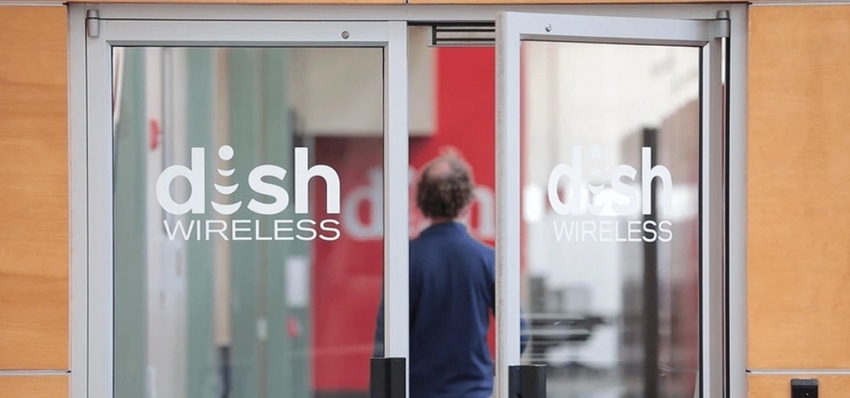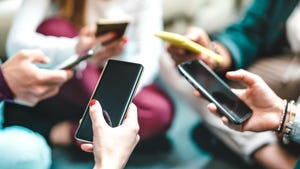EchoStar's Dish pivoting from ACP to Lifeline
Gen Mobile, a brand of Dish Network's EchoStar, currently offers mobile services backed by the Affordable Connectivity Program (ACP). Now, it's hoping to shift that effort over to Lifeline.

At a Glance
- Analysts estimate that Dish has around 750,000 customers on the US government's ACP program.
- The US government's Lifeline program provides around $10 monthly in subsidies or a third of what the ACP supplies.
As the US government's Affordable Connectivity Program (ACP) nears its final days, EchoStar's Dish Network is working to shift its low-cost wireless efforts away from that program and to another one called Lifeline.
Company officials have said that they don't expect to lose very many customers amid that transition. But some analysts aren't so sure.
"We think 2Q24 and 3Q24 will be bumpy because of ACP," wrote the financial analysts at New Street Research in a recent note to investors. They estimated that Dish counts around 750,000 customers on the US government's ACP program, or around 10% of Dish's total wireless customer base of around 7.3 million customers.
"Management is hopeful that they can retain most of the subscribers and they say that losing them will have minimal financial impact. Perhaps," the analysts wrote. "We would bank on subscriber losses for the next two quarters, because of ACP, even if non-ACP subscribers are growing."
Other analysts shared a similarly grim outlook. "It's hard to find reasons for optimism," wrote the financial analysts at MoffettNathanson in their own assessment of Dish's overall growth prospects. They noted that the end of the government's ACP program is one of many obstacles facing Dish in the wireless industry.
The ACP reckoning
April was the last fully funded month for the government's ACP program. The program provides around $30 per month to around 23 million low-income US households to help them pay for telecommunications services.
Some members of Congress are still working to dig up more funding to keep the program going. But that legislative process "remains an uphill effort," according to Blair Levin, a policy adviser to New Street Research and a former high-level FCC official.
As the ACP program winds down, US telecom operators are left with customers who might be unable to pay their bills. Some, like Dish, are working to shift those customers over to another US telecom subsidy program, Lifeline. That program traces its origins to the 1980s, when the Reagan administration created the Lifeline program to provide poor Americans with phone service.
However, the main difference between the ACP program and the Lifeline program is that the Lifeline program provides around $10 per month in subsidies – a third of what the ACP supplies.
"We are actively working with our ACP customers to transition them to appropriate plans within our Gen Mobile and Boost Mobile brands, including the national Lifeline program," EchoStar's CEO, Hamid Akhavan, said during the company's recent quarterly conference call, according to Seeking Alpha. "Nonetheless, we expect to lose some customers with the expiration of the program, but we do not expect these losses to have a material impact on our operations or financial performance."
Other telecom providers, from AT&T to Charter Communications, have been navigating similar issues.
The regulatory angle
Before fully jumping into the Lifeline arena, EchoStar's Dish is hoping to first obtain the FCC's certification as an Eligible Telecommunications Carrier (ETC). "An ETC designation will allow subscribers to Dish Wireless' services offered under the Affordable Connectivity Program (ACP), to access funds under the Lifeline program as well," Dish wrote in its new application to the agency for ETC status.
The company explained that it already has an ETC designation in roughly half of the US states, but it said it's seeking a federal designation to unify its ACP efforts and potentially apply for broadband infrastructure funding under the Biden administration's Infrastructure Investment and Jobs Act (IIJA) and other programs.
In its filing, Dish explained that it uses the Gen Mobile brand and other brands to offer subsidized wireless services. The company said it does so under its MVNO agreements with AT&T and T-Mobile and through the open RAN 5G network it's building across the US.
"Gen Mobile-branded plans will be offered by reselling partner carriers service, and, in the future and where available, will be supported by Dish Wireless' own 5G network facilities," the company said.
Dish said Gen Mobile prepaid plans start at $10 per month. The company added that, under the Lifeline program, it plans to offer 1,000 voice minutes, 1,000 texts and 4.5 GB of data at no cost to qualifying low-income consumers.
About the Author(s)
You May Also Like














